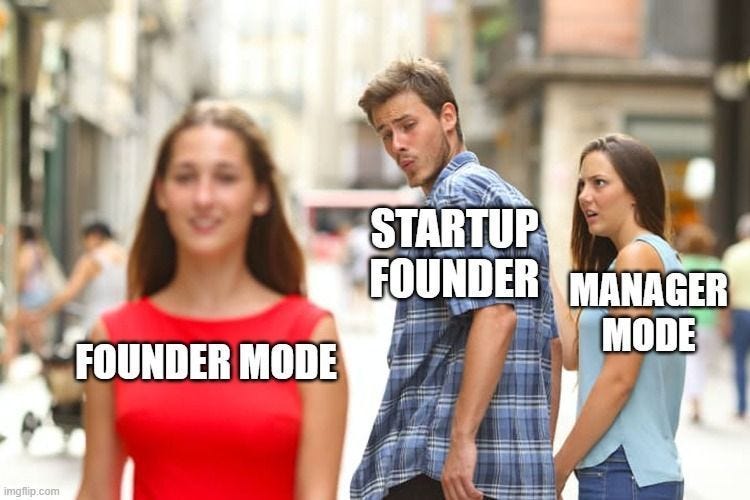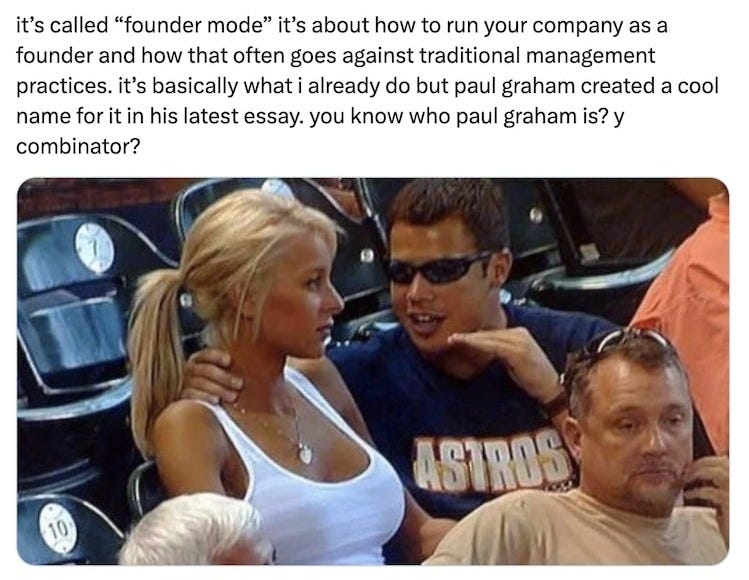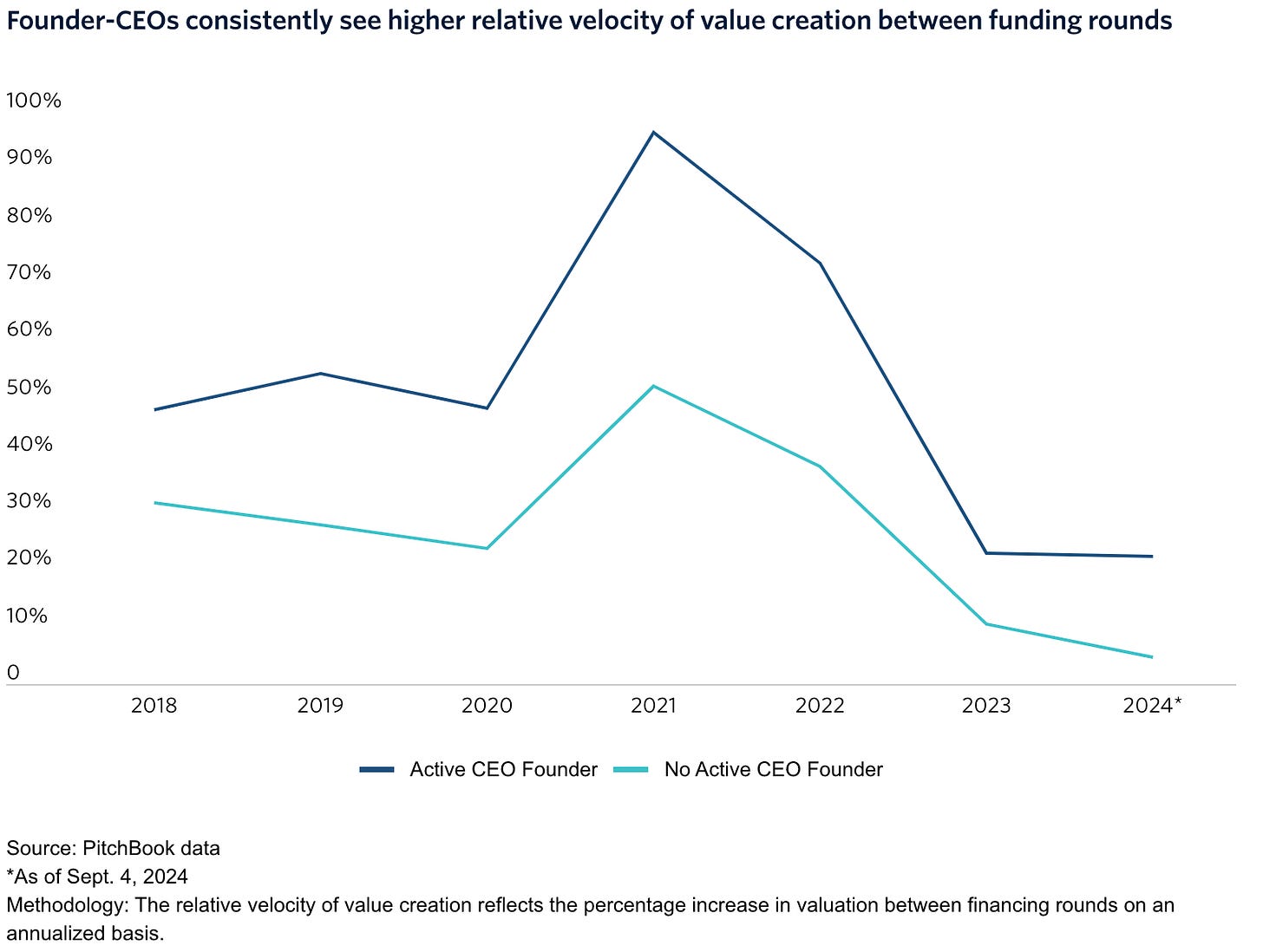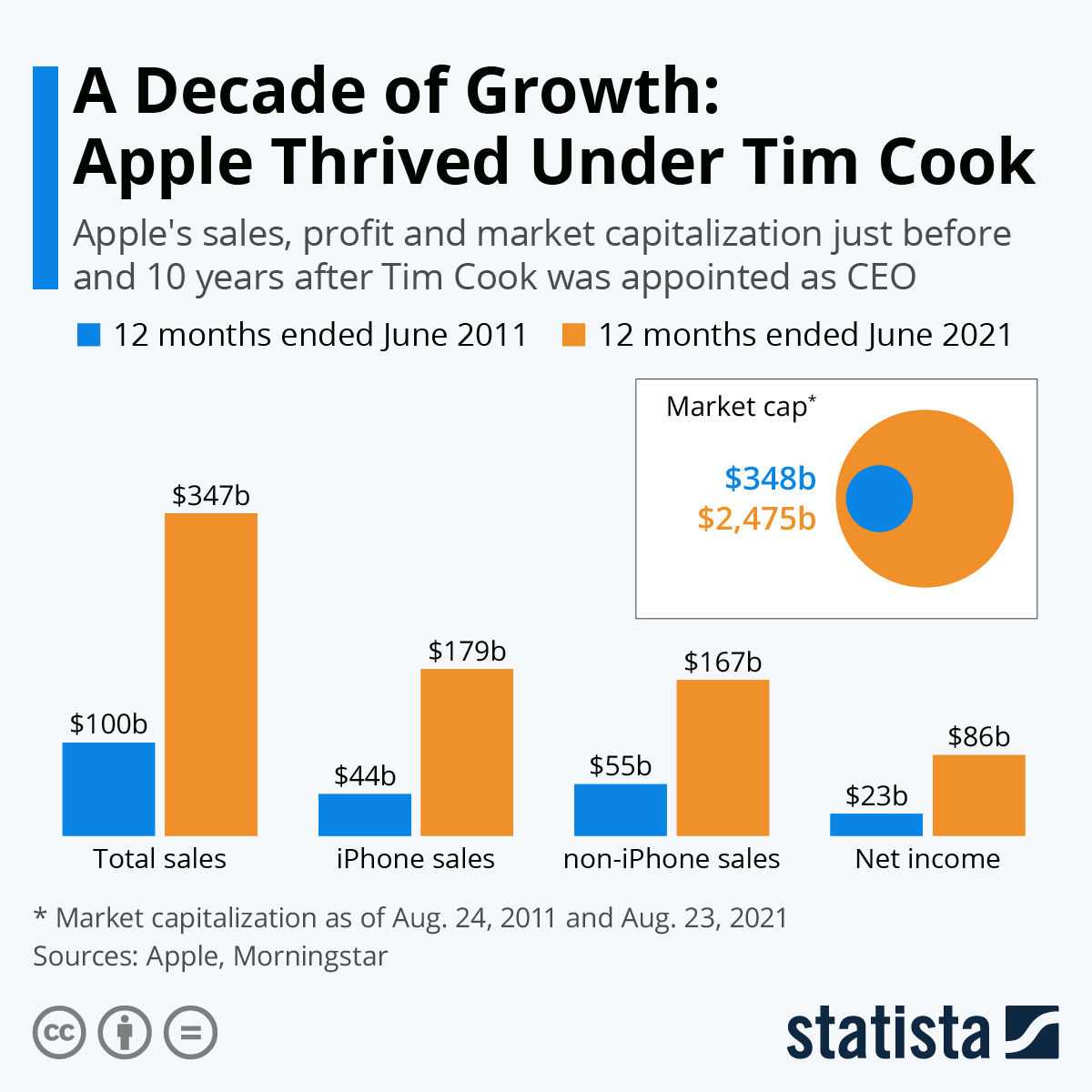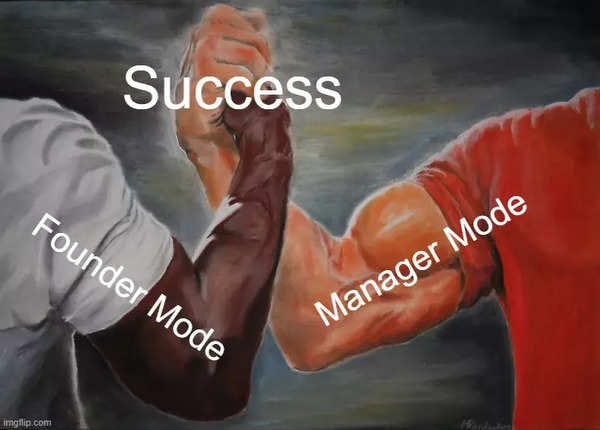Founder vs. Manager Mode: The Best of Both Worlds
A personal reflection and thought-piece on Paul Graham's essay after the past year of "founding" mode
Okay, now that the Founder Mode hype has died down a little - I’ll finally throw in my two-cents on this. Also, it’s the beginning of Q4 - good time for a little reflection on the year so far.
Most would know, but for some who don’t, Paul Graham's recent essay challenges the conventional wisdom about this transition, introducing the concept of "Founder Mode" as distinct from traditional "Manager Mode."
Hands-on management/execution or delegative approach? How does one know which style to take on between the two?
This writeup reflects on my personal journey navigating these two modes, drawing from my experiences across various roles and companies.
My Evolution from Manager to Founder
My career path, spanning from a Production Supervisor at BHP to leadership roles at Quqo, and eventually to Co-founder and CEO of LFG, has been a journey of constant learning and adaptation. In my earlier roles, I operated within the confines of Manager Mode, focusing on optimizing existing processes and working within established structures.
At BHP, for instance, I achieved significant improvements in fleet utilization but often felt constrained by rigid organizational structures. This experience highlighted the limitations of pure Manager Mode in driving innovation and rapid change.
The transition to a more founder-centric mindset began during my time at Quqo, where I had to balance traditional management with entrepreneurial approaches. This role served as a bridge between the two modes, teaching me the value of maintaining a connection to all aspects of the business while still leveraging managerial skills.
Embracing Founder Mode
(Co)Founding LFG has been the ultimate test of Founder Mode. Bringing an idea to something 15,000+ travelers around the world have touched, on a (very) bootstrapped budget the past year - has only been possible because of the deep, hands-on involvement that Founder Mode encourages.
When Founder Mode is switched on, I am able to:
Maintain a clear vision of our product development and user needs
Adapt quickly to market changes/trends and user feedback
Execute, with speed and creativity (and foster this culture amongst our founding team and any freelancer/interns who cycle through)
In simple words, you get sh*t done. Effective immediately.
However, as I reflect deeper, I’m starting to see that Founder Mode isn't about completely abandoning managerial practices. There are certainly times when my corporate management experiences and training had to come to play to establish some level of processes and robustness to the chaos of startups.
In short, I’ve come to realize that it's about finding the right balance and knowing when to apply each approach. But let’s look at some data and bigger examples first.
The Data Speaks: Founder-CEOs Drive Value
When we look at the tech world's biggest success stories, it's hard to ignore the power of founder-led companies.
Take Jensen Huang at NVIDIA. Three decades at the helm, and he's still killing it. That's the kind of long-term vision and adaptability you just can't bottle up and pass on to a ‘hired’ CEO.
And then there's Zuckerberg. Love him or hate him, you've got to admire some of his moves. Buying Instagram for a billion dollars?. WhatsApp for 20 times that? Sounded expensive at the time, but probably worth it, right? And when Snapchat threatened Instagram with Stories, Zuck didn't hesitate to copy it wholesale. No ego, just pure business savvy.
The data speaks. PitchBook's analysis paints a clear picture: founder-CEOs are value creation machines.
From 2018 to 2024, companies with active founder-CEOs consistently outperformed their counterparts in valuation growth between funding rounds.
Perhaps it is true after all - Founders bring a unique mix of vision, passion, and skin in the game that hired executives often can't match, driving their companies to greater heights.
The Power of Professional Management: Taking Businesses to the Next Level
But let's not forget Uber - a classic case of founder vision meeting corporate reality. Travis Kalanick's aggressive, move-fast-and-break-things approach got Uber off the ground, but it also landed them in controversies and hot water. Enter Dara Khosrowshahi. Khosrowshahi transformed Uber's toxic culture, steered it towards profitability (after 10 years), and navigated complex regulatory challenges.
Then there's Tim Cook at Apple. Following Steve Jobs, arguably the quintessential founder-CEO, Cook faced skepticism about maintaining Apple's innovative edge (well, he still kind of does). Yet, let’s not ignore his operational expertise led Apple to more than triple its revenue, expand into services, and launch successful new product categories like Apple Watch and AirPods.
The Future of Management: Micro-Founder Mode?
Recent trends in management are reshaping how organizations operate. Amazon's recent move to increase the ratio of individual contributors to managers by 15% by Q1 2025 exemplifies a shift towards flatter hierarchies.
Debates about day-to-day management styles are emerging. Traditional weekly check-ins are being challenged by "microsteering" - a more frequent, interactive approach that involves continuous communication and real-time feedback. This evolution may lead to a "micro" founder mode, where managers operate with the agility and hands-on approach of startup founders, even within larger organizations.
Concluding Thoughts: Find the Balance
I believe the most effective leaders will be those who can fluidly move between these modes, combining adaptability with a deep understanding of both the founder visionary and effective managerial aspects of leadership.
Some of the most successful companies are those that manage to keep that founder magic alive - that perfect blend of innovation, agility, and strategic thinking that comes from knowing your company inside and out.
But they also know when to evolve and bring in new perspectives. It's a delicate balance, but when it works, it's unstoppable.
As I continue to lead LFG and contribute to other ventures, I’m committed to refining this balance.
The goal is not to rigidly adhere to either Founder Mode or Manager Mode, but to balance leveraging the founder's intuition and vision while also implementing robust management practices that allow for scalable growth.
It's about knowing when to make bold, quick decisions, and when to focus on operational excellence.
Thanks for reading,
D. Han




